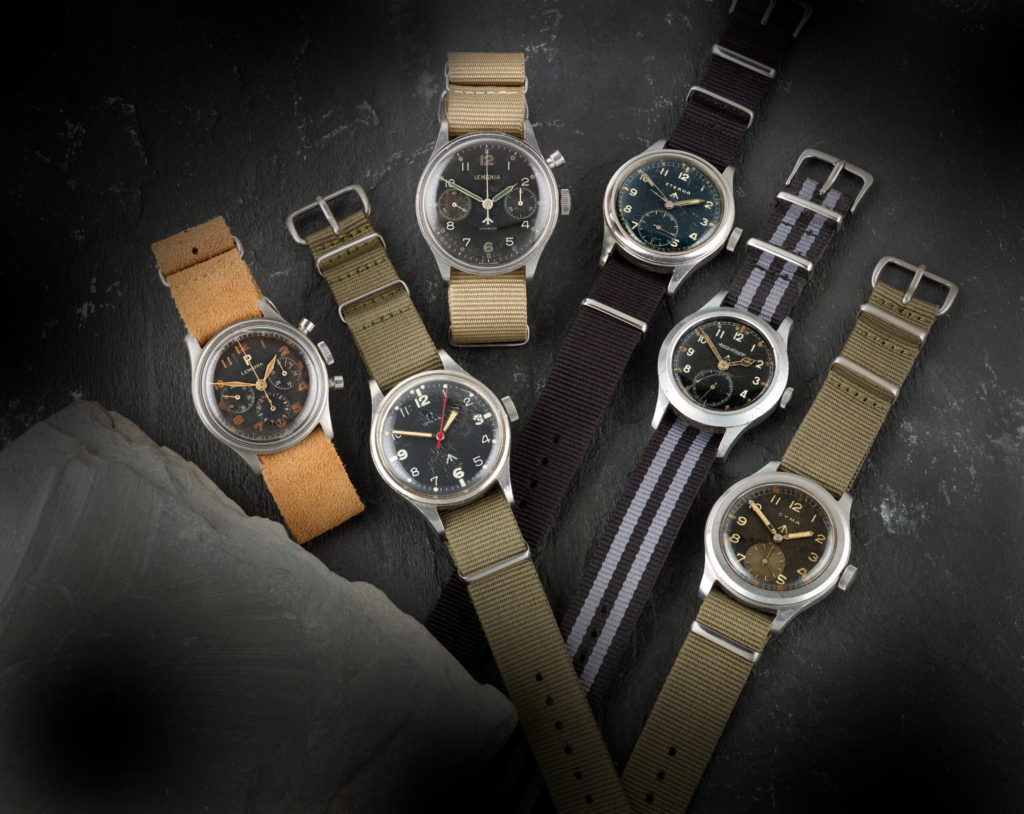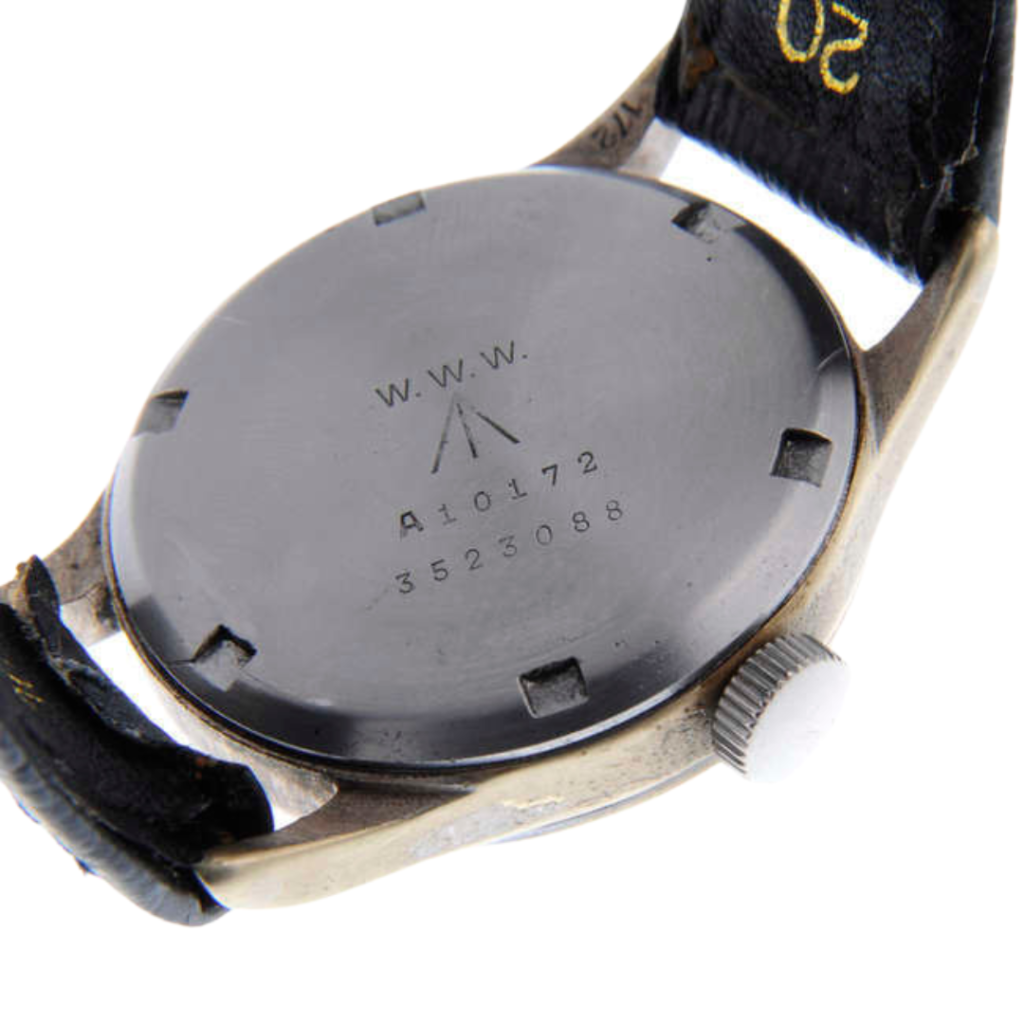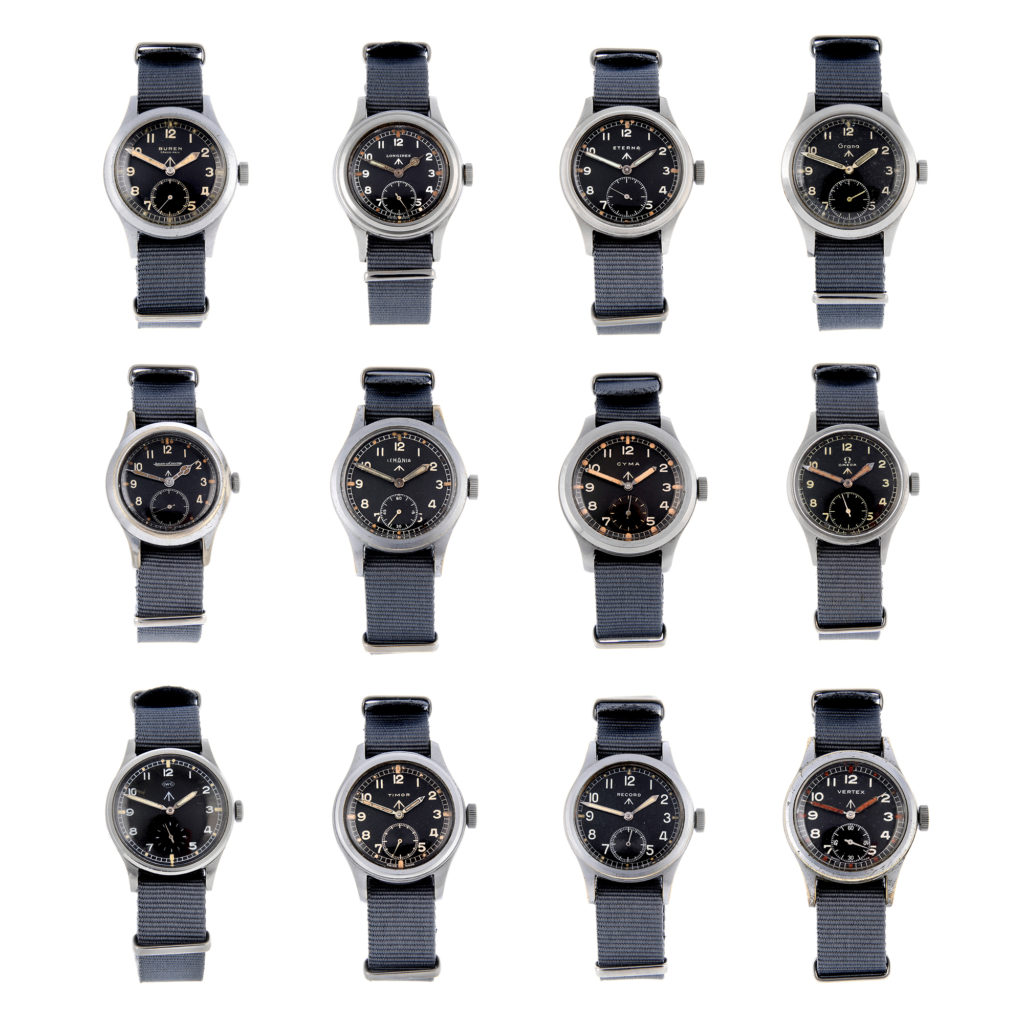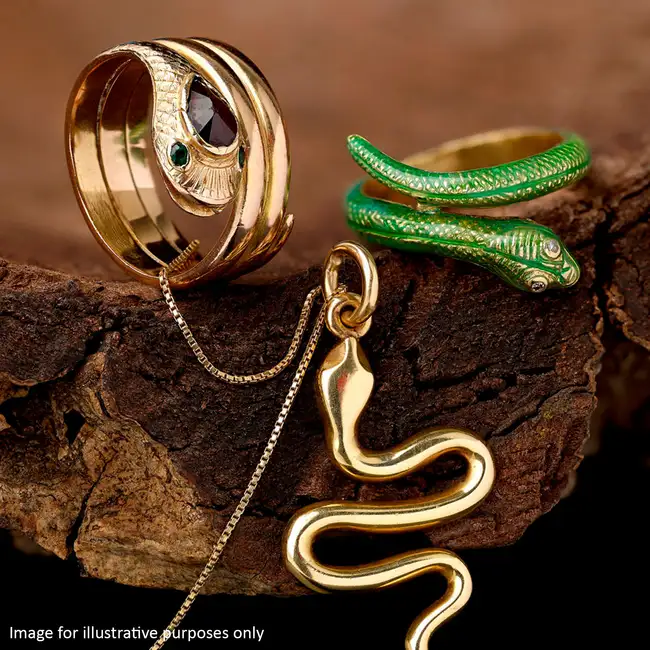During the Second World War the British Ministry of Defence commissioned twelve brands to each create military watches. Today, collectors seek to obtain all twelve of these watches to create a complete collection of the 'Dirty Dozen'.

The Origins of the 'Dirty Dozen' Watches
The British military had always been equipped with contemporary watches. The majority of commercial watches were produced by Swiss watch manufacturers. However, at the beginning of WWII the Ministry of Defence asked local watch makers instead to create military watches.
The criteria for these watches were very specific. The MoD wanted the watches to be accurate, durable and reliable. Thus meaning they needed to be regulated to Chronometer standards, so they could be both waterproof and shockproof. The watches must have a black dial with Arabic numbers, and a luminous minute and hour hand so it could be visible in the dark. It must have a railroad minute track with a shatterproof crystal and stainless steel case, specifically with size 15-jewel movements.
The Watch Brands
As suggested by the collection name, twelve companies took on the extensive brief. These brands are as follows: Buren, Cyma, Eterna, Grana, Jaeger-LeCoultre, Lemania, Longines, IWC, Omega, Record, Timor, and Vertex. Collectively, these brands created over 150,000 wristwatches for the military and sent them to Britain. These watches were labelled for 'general service', but they were intended to be resources for special units, including radio operators and artillery staff members.
How to Identify a 'Dirty Dozen' Watch
Although the watches come from twelve different companies, they are all easily identifiable by the same small details. On the back of each watch is the engraving 'WWW', which stands for 'Watch, Wrist and Waterproof.' A broad arrow head can be seen on the dial, inner case and back of the watch, signifying that it is a government good. The use of this symbol by the government and military can date back to 1585. Finally, a military serial number is visible on the back of each watch to identify them.

Collecting the watches
Whilst owning one of the watches is exciting, owning all twelve watches is a whole new level. It is believed that less than twenty people own the whole collection, due to the rarity of some of the makes. The most valuable and desirable out of all the twelve watches is the Grana. Apparently, less than 5,000 of these, maybe even less than 1,000, exist, making it very rare to come by. Because of this, the Grana sold for almost seven times more expensive at auction than any of the other twelve watches.
Nonetheless, collecting all the original watches is still seen as a difficult task due to the kind of wear and tear that they went through during WWII. Because they went through such extreme conditions, the watches often needed repairs. The MoD did not care to keep them in their original conditions, they just wanted them to work and get back out onto the field. Therefore, the ministry would replace broken parts with cheaper alternatives and make many mistakes during the repair process. Subsequently, it is very rare to find one of the twelve watches in its original condition, making them highly valuable collectables.
The 'Dirty Dozen' at Auction
On the 24th August 2020, Fellows Auctioneers was excited to offer a full set of the 'Dirty Dozen' watches at auction. Due to their rarity, the collection of twelve watches made headlines and eventually sold at auction for Just under £30,000. Just over four years later, the auctioning of these historic timepieces remains one of our most exciting sales.
For more information on the 'Dirty Dozen' head to our website to find videos, talks and more details on the auction.
Valuations













